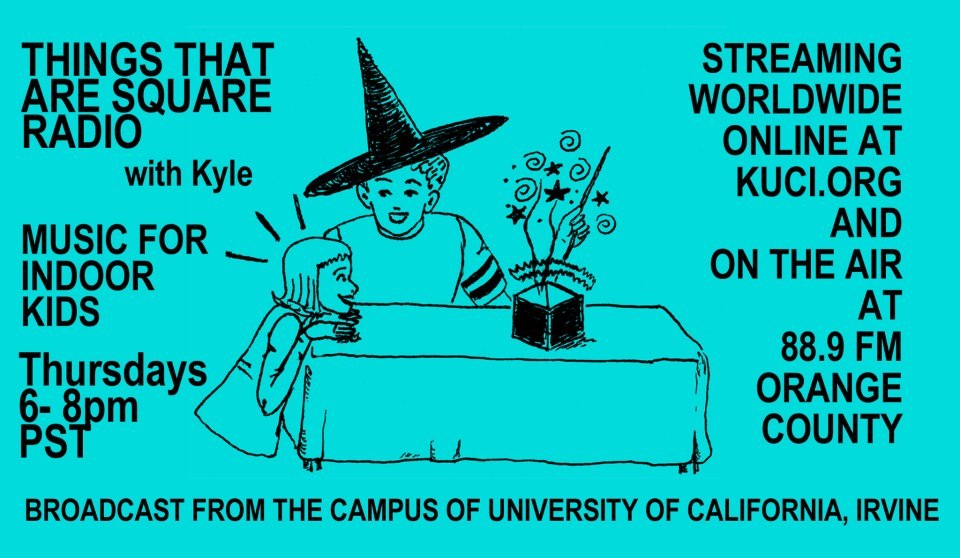Genre research project 9/1357: Lowercase
Tetsuro Yasunaga - Improvised Music From Japan
The term "Lowercase music" was coined by Steve Roden to describe his album Forms of Paper. Lowercase was primarily defined as a new form of extreme sound art. Lowercase artists base their music on very quiet sounds and will often employ a liberal use of silences to juxtapose these sounds so as to amplify their intensity. Through the digital magnification of microsounds, Lowercase artists may also reveal auditory experiences once inaccessible to the human ear. Examples of this include the recording of plants using amplified contact microphones, anthills and underground ant colony chambers, the sound of snow as it falls onto a sheet of ice, and bacteria being flash-frozen in a Petri dish.
John Cage's notorious piece 4'33", radical in its use of silence as a compositional basis and its declaration of distant nontraditional sounds as musical, is often cited as a major influence in Lowercase music. The Wandelweiser group, founded by Antoine Beuger and Burkhard Schlothauer in 1992, is notable for composing and performing music based on these ideas and releasing them through Edition Wandelweiser Records.
However, Lowercase hasn't remained just a matter of adjusted Field Recordings or composed music. Artists from the field of Free Improvisation contributed to the genre and translated its aesthetic into a new sort of improvised music. Among notable Lowercase improvisers are James Coleman, Axel Dörner, Radu Malfatti, Mark Wastell, Nmperign or Onkyo players. Composed or improvised, Lowercase's original intentions are still kept up and even Roden himself gives Lowercase improvisations from time to time.


0 Comments:
Post a Comment
Subscribe to Post Comments [Atom]
<< Home